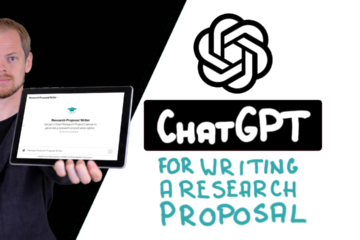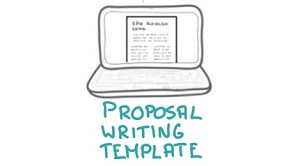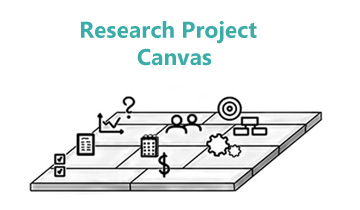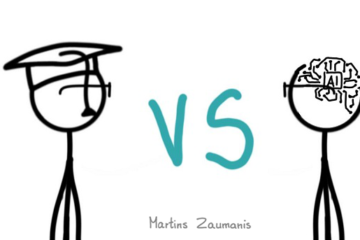I made my own AI clone that gives advice on writing research papers, delivering scientific presentations, writing research proposals, progressing in your academic career, and more.
Writing this sentence made me feel surreal. Like I have landed in a sci-fi book. But it’s true: I trained ChatGPT using my Peer Recognized book series, my online courses, and this very blog. In other words, all the scientific communication advice that I have come up with since 2018 is now in the “brain” of a ChatGPT bot, that I lovingly named MartinsBot.
What can MartinsBot do?
MartinsBot answers questions on communication in science. In a way, it is like talking to my books and courses: but instead of reading or watching, you can ask the exact question you are struggling with at the particular moment. MartinsBot will find the answer from all the content I have created to give you the most relevant answer. It will also cite the source so that you can follow up.
MartinsBot in action
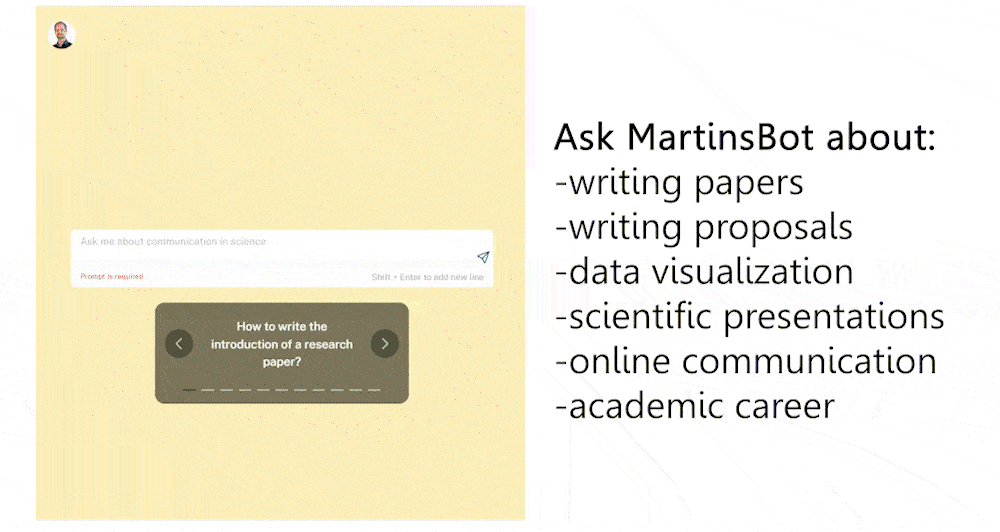
In the PDF, you can see the chat shown in the video above.
How to access the MartinsBot?
Try out MartinsBot for free. After that, you can chat with my AI clone for 9.99 USD/month (unsubscribe any time). In comparison, the books that I used to train my AI clone cost more than 50 USD and my courses cost more than 200 USD.
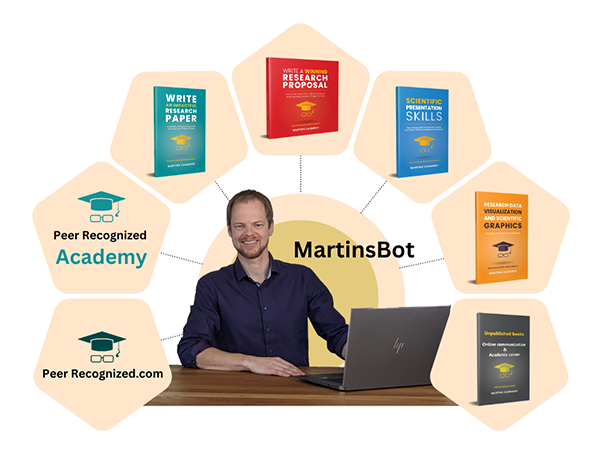
You can ask 50 questions per month, all answered using verifiable sources. You wouldn’t want to talk to me much more than that anyway 🙂
Well, to be honest, the real reason for the limit is that I have to pay for each query so I have to cap the number of questions you can ask.
How exactly does MartinsBot work?
First of all, I uploaded everything I have generated on scientific communication into CustomGPT including my books, courses, and blog. CustomGPT then ingested these sources into the knowledge base of MartinsBot. For large files, like my books, the bot first chunked the material into smaller pieces because ChatGPT can not “remember” long texts well.
Besides teaching MartinsBot using my content, I gave it a personality by telling it how to interact with the users. CustomGPT also provides the chat interface you see and records your questions.
Here is what happens when you ask a question to MartinsBot:
1
The bot takes your query and converts it into numerical vectors using the ChatGPT algorithm. The vectors can span over entire sentences and paragraphs allowing the bot to understand the context and the semantic meaning of the query. This is the true power of the ChatGPT large language model.
2
In the next step, CustomGPT uses the numerical vectors to look for relevant information in its knowledge base (my books, courses, and blog). Depending on the question, it may only find one useful source or it may find multiple. Once identified, CustomGPT passes the relevant snippets to ChatGPT along with your question and asks ChatGPT to phrase an answer.
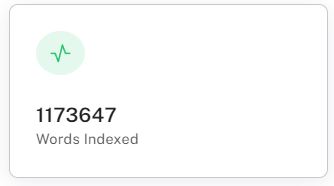
There are more than 1.1 million words in the content I have made available to the CustomGPT. But even with this, CustomGPT may find that your question can not be answered using my content. Importantly, at this point, it will not start hallucinating or looking for random resources on the internet like the “normal” ChatGPT would. Rather MartinsBot will tell you that this question is not among its areas of competence.
3
ChatGPT generates an answer to your query using the information it received in the previous step. It uses its large language model to make sure the answer reads well. Once completed, it passes on the answer to CustomGPT.
4
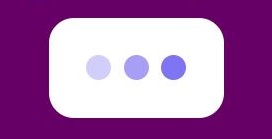
While all of this takes place, you see the three dots…
And Voilà, you see the answer to your question in the chat.
Due to the conversion to vectors, merging different sources from its knowledge base, and rephrasing, MartinsBot will typically not reply with a direct quote from its sources. But the meaning and content of the answer will be close to what I have suggested in my courses and other resources.
You will know exactly which sources MartinsBot used in the answer because it will cite them. If the source is this blog, you will be also able to click and read more.

When appropriate, MartinsBot will also provide clickable links in the response for further info and downloads (e.g. cheat sheets from my books).

Of course, at any time can ask follow-up questions to get more details.
You can find out more about the security and privacy policy of CustomGPT here.
Can’t you just ask the same questions to ChatGPT?
Sure you can ask ChatGPT. And it will give you an answer. But in my experience, the answers will be quite generic and often not especially helpful for taking immediate action. That’s because ChatGPT uses information from the internet that was used to train it, averages it out, and then gives an answer to your question.
When asking ChatGPT, you don’t know who the author is (because there is no single author). You don’t know if the answer can be trusted. You don’t know the sources… because there are no clear sources… because what you get is a blend of suggestions found on the internet. And if GhatGPT can not figure out the answer from its training set, it will just make one up out of thin air (called “AI hallucinations”).
Now compare it to chatting with my AI clone:
- MartinsBot only gives advice based on the content I have created: my courses, this blog, and my books (including the not-yet-published books).
- It always cites the specific sources it used in giving the answer. This allows you to follow up if needed.
- When relevant, it will provide links to additional materials that will help you, like cheat sheets, tools, and templates. All were created by me and available on the Peer Recognized website.
- If it does not know the answer, it will tell you so (instead of hallucinating).
MartinsBot
- Answers using Martins’ books, courses, and blog
- Cites the source
- Admits if it does not know the answer
- GPT-4 model
- Offers further reading and downloads
ChatGPT
- Answers using its training set – the internet
- Does not provide citations
- Hallucinates when it does not know the answer
- GPT-3.5 model for free, GPT-4 paid
Example result MartinsBot VS ChatGPT
Here is a comparison of the answers I got from MartinsBot and ChatGPT for the same exact question.
As you can see, the answers you get from MartinsBot will not necessarily be longer than those you get from ChatGPT. But in my experience, they will be much more actionable.
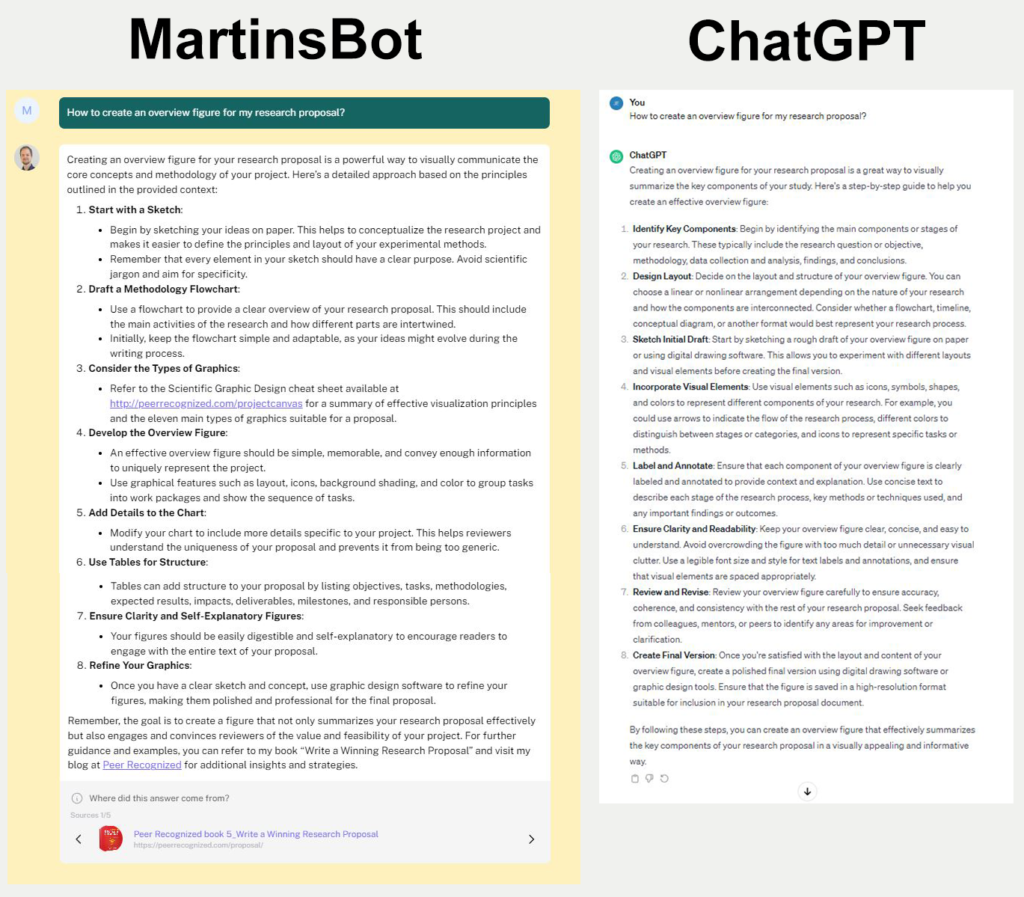
Wrap up
In short, MartinsBot is built using CustomGPT and it uses the latest model of ChatGPT (4.0-turbo). Its knowledge base includes my books, blog, and courses. When you see the three dots, MartinsBot is working hard to merge the relevant pieces from these sources to provide you with an answer to your question. It will not use random content from the internet to answer and it will always cite its sources.
Give it a try and let me know what do you think.

The author

Hey! My name is Martins Zaumanis and I am a materials scientist in Switzerland (Google Scholar). As the first person in my family with a PhD, I have first-hand experience of the challenges starting scientists face in academia. With this blog, I want to help young researchers succeed in academia. I call the blog “Peer Recognized”, because peer recognition is what lifts academic careers and pushes science forward.
Besides this blog, I have written the Peer Recognized book series and created the Peer Recognized Academy offering interactive online courses.


